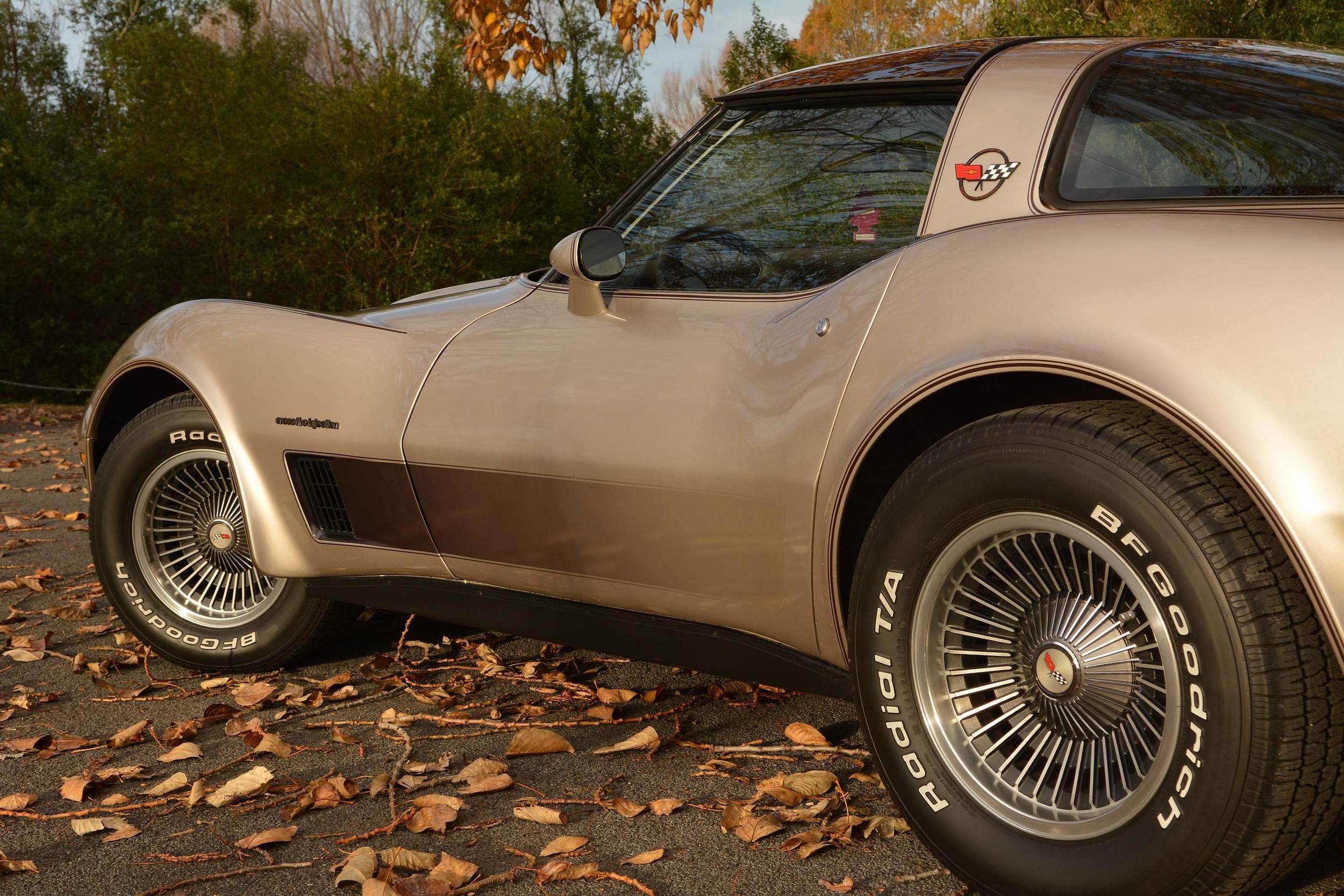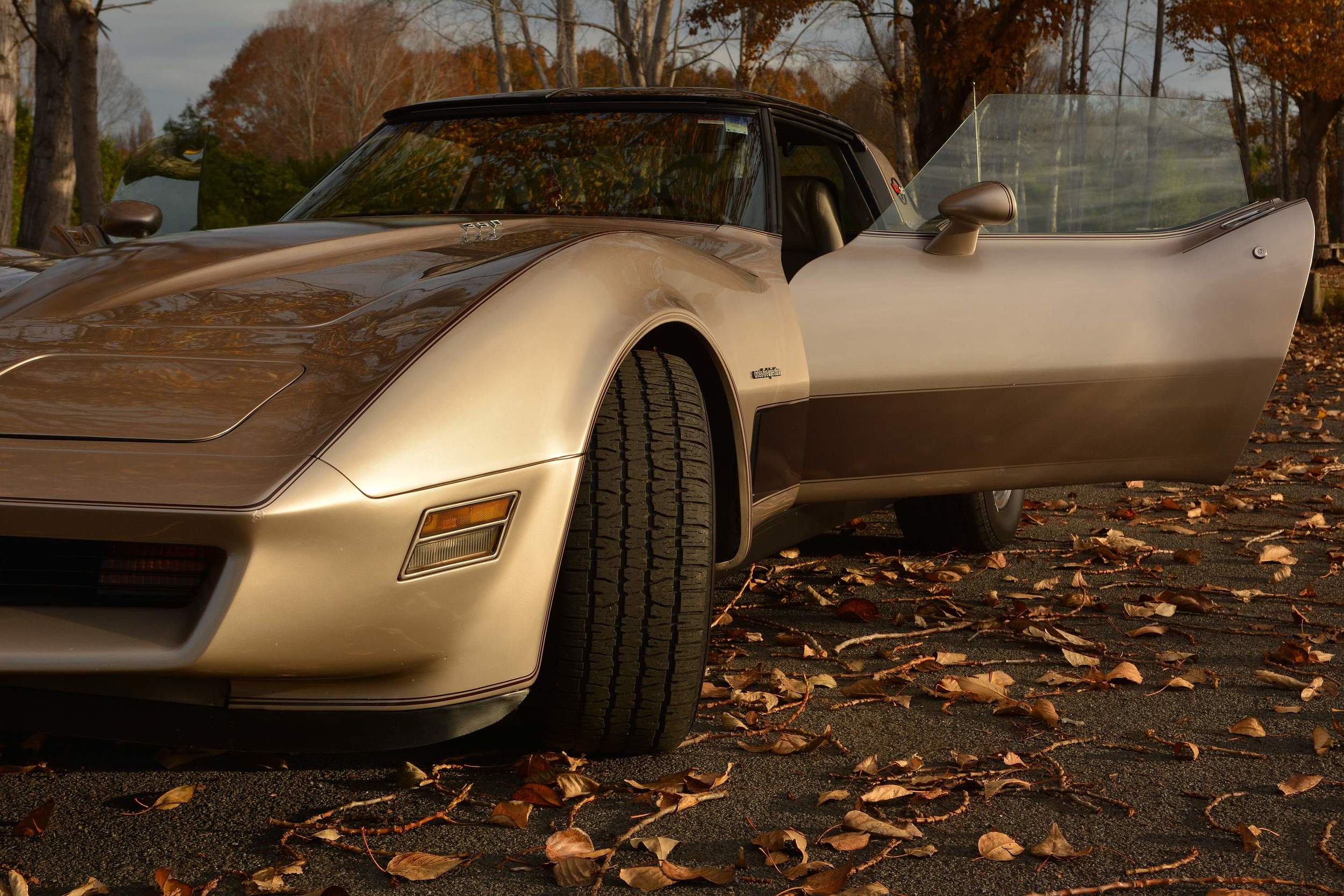Being a bit of a Corvette fan — and owner of several over the years — I was pleasantly surprised when a reader recently sent me through photographs of his rather rare 1982 Corvette Collector Edition. Only 6759 of this particular model were built and, as I understand, very few have made it down to this part of the world.

Chevrolet has traditionally finished off each Corvette generation by introducing a collector or commemorative model. In order to commemorate the final C3 model (1968–1982), Corvette introduced the 1982 Collector Edition, which also honoured the end of the 1968–1982 Stingray model, and was the first in a series of special collector editions for Corvette.

The 1982 Corvette Collector Edition received a full complement of bells and whistles unique to the model. These special features included a stylish Silver Beige exterior paint job complemented by a striking Silver Beige leather interior and special decorative emblems, as well as an electrically operated six-way driver’s seat, power door locks, power sport mirrors, power windows, power steering, cruise control, air conditioning, and AM/FM radio with cassette. The glass roof panels received a bronze tint and the rear glass ‘hatch’ had a lifting feature for easy access to the space behind the front seats. Also included were special cast-finned wheels that resembled the optional 1967 bolt-on wheels.

The 1982 Corvette Collector Edition was also the first to receive Chevrolet’s Crossfire fuel-injected 5.7-litre V8 engine. Unfortunately, these motors received their fair share of ridicule and were commonly referred to as ‘Ceasefire’ due to unreliability issues. The motors were also extremely difficult to modify to achieve increased power and torque — many owners opted to replace the injection system with a four-barrel carburettor. The Crossfire fuel-injected engine also made its way into the first of the C4 Corvettes in 1984, and was replaced with a much more reliable, and powerful, Tuned Port Injection (TPI) system in 1985.
After years of flying under the radar, collector-edition Corvettes are beginning to attract a large following, representing true investment potential that inspires and excites.










